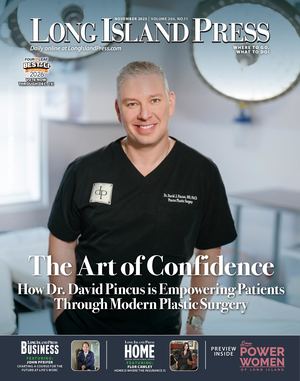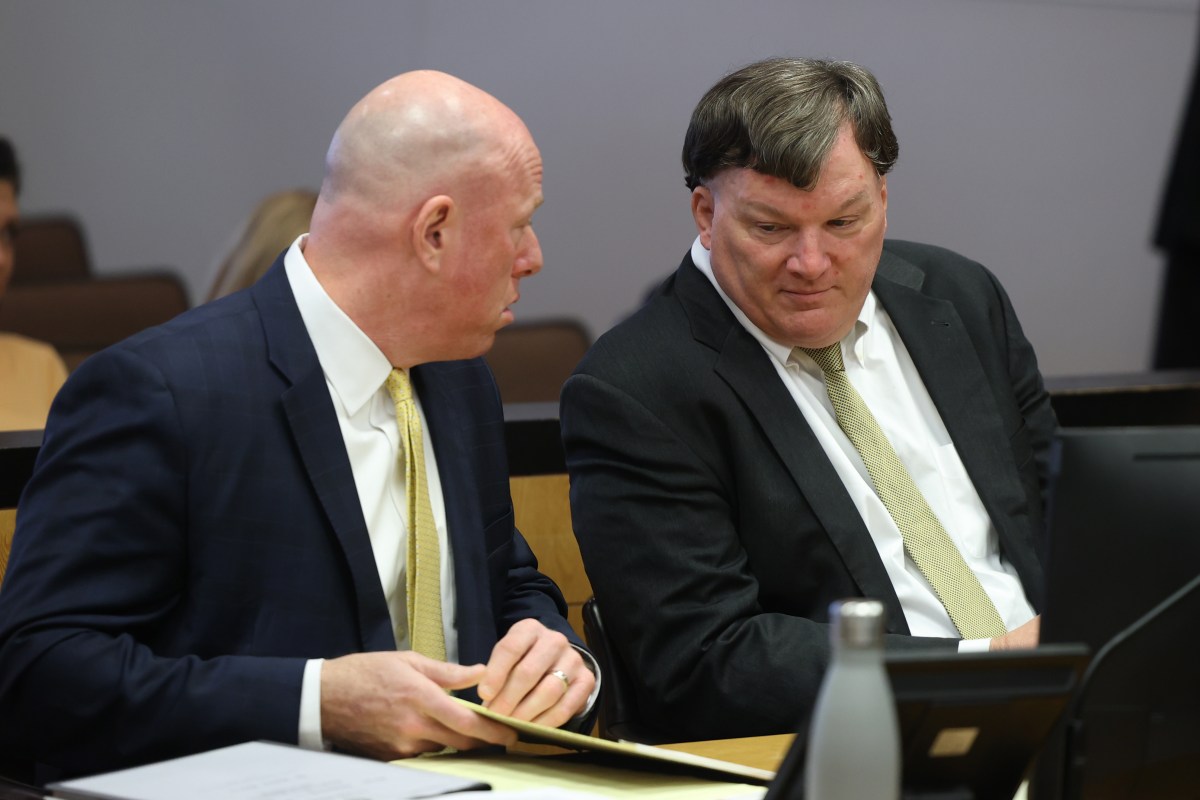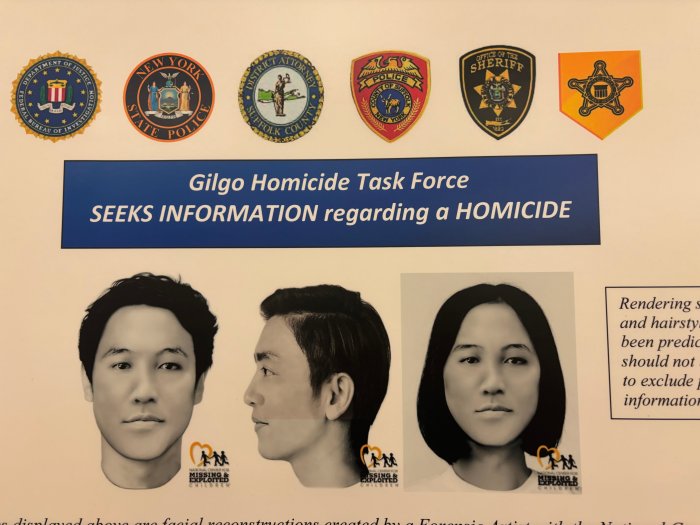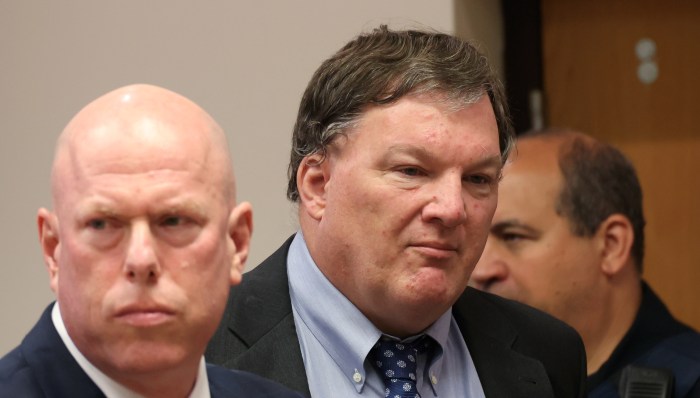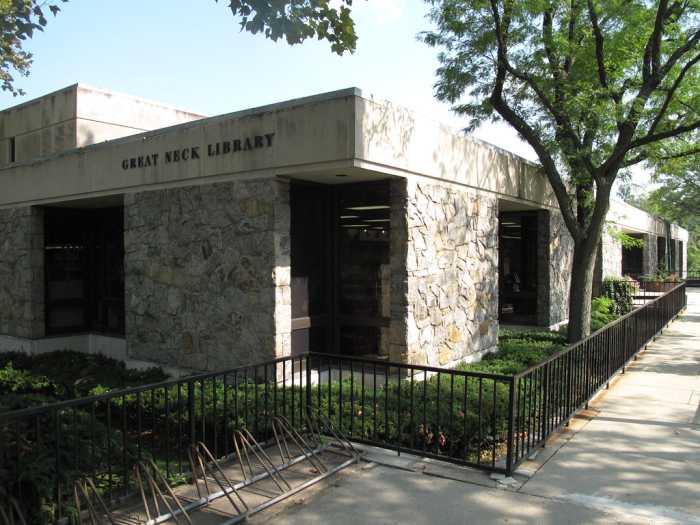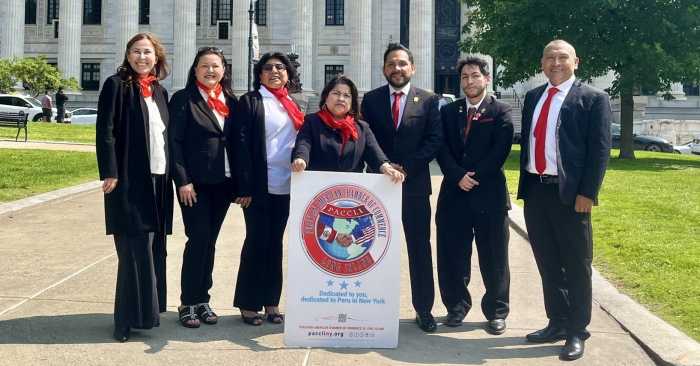After nearly two days of testimony from an expert witness in the pre-trial hearing, suspected Long Island serial killer Rex Heuermann’s defense attorney took to the podium — but one of his arguments met swift opposition from the judge.
The Frye hearing will determine the court admissibility of nuclear DNA evidence, which allegedly links Heuermann to multiple murders. Whether the evidence is admitted depends on whether that specific kind of DNA analysis is “widely accepted by the scientific community.”
“Your world is not our world,” Huermann’s defense attorney Michael Brown told expert witness Dr. Richard Green, cofounder of California-based Astrea Forensics, which performed the DNA analysis on evidence from the Gilgo beach murders. “It (nuclear DNA evidence) being accepted in a school is different from it being accepted in a courtroom.”
Brown argued during the April 16 court proceedings that there is a difference between the “scientific community” and the “relevant scientific community,” and a principle being accepted within academic circles is not the same as being accepted in a courtroom. Likening courtrooms their own scientific communities, Brown asked if a single instance of nuclear DNA evidence being used in court proceedings — in Idaho v Dalrymple — constitutes being “widely accepted in the scientific community” enough to be admissible evidence in court.
That prompted Judge Timothy Mazzei, who generally remains silent throughout the court proceedings, stepped in.
“That’s my decision to make,” he told Brown. “Isn’t that the whole reason for this hearing?”
Brown replied: “I’m trying to narrow the witness down.”
When Mazzei pressed Brown on what “narrow down” meant, Brown added: “He’s making broad statements about acceptance in the scientific community, but what about this community?”
Mazzei shook his head, seemingly baffled. Brown began to reiterate that nuclear DNA evidence was only used in a trial during one Idaho case.
“Whether it’s accepted in one state or 49 states, whether it’s accepted in this court is my decision,” Mazzei said, ending the line of questioning.
Read also: Alleged Gilgo Beach serial killer DNA hearing devolves into ‘Jurassic Park’ debate
There are additional concerns with the legitimacy of using nuclear DNA evidence against Heuermann in the suspected Long Island serial killer case, the defense claimed — with some of them pointing back to Green himself.
Green owns a minority of around 17% of Astrea Forensics. This would mean, Brown said, that there is a personal financial incentive for Green to want the lab to succeed. If the nuclear DNA analysis Astrea performed on the Long Island serial killer evidence were admitted to Suffolk County court, it would establish a precedent allowing it to be used in future county cases.
Suffolk County prosecutors already paid Astrea Forensics more than $130,000 for their DNA analyses for the Long Island serial killer case and others over the past five or so years. If their particular method of analyzing nuclear DNA in rootless hairs — Astrea’s specialty — is deemed admissible in court, it “opens the floodgates,” Brown said, for Astrea to continue their work in Suffolk and beyond.
“If this product gets approved in court,” Brown said, “you will potentially get a lot of money.”
Green agreed that Mazzei’s ruling at the end of the hearing will be important to Astrea Forensics.
Though the defense argued that, aside from the Idaho case, nuclear DNA evidence has never been used in criminal court specifically, the prosecution highlighted that the Long Island serial killer case is far from the first time nuclear DNA evidence has been used as forensic evidence in a criminal case, sans trial.
Green, a biomolecular engineer and the scientific director of the Quantitative Biosciences Institute at the University of California, specializes in taking DNA from “challenging samples” — ancient bones, rootless hairs, and other samples where standard DNA analysis would prove unfruitful.
“We’re small because we specialize in this one thing,” Green said of his research team. If someone needs to analyze the DNA in a rootless hair, “Everyone knows to come to us.”
Most of his work, done under the University of California, Santa Cruz, had been archeological until the FBI requested Green’s nuclear DNA analysis on the Golden State Killer case. And it wasn’t the last high-profile criminal case he ended up working on.
When the prosecution brought up the big-ticket item — the Zodiac Killer case — Michael Brown immediately objected. After he, the prosecution and Judge Mazzei debated in a sidebar for five minutes, Brown’s objection was overruled.

Law enforcement had asked Green and his research team to take a look at a letter sent by the self-proclaimed Zodiac Killer to victim Cheri Jo Bates’ relative and also a local newspaper. Green and his team were able to extract and analyze DNA samples from the letter.
The DNA analysis indeed found the author of the letter, but it wasn’t the Zodiac Killer. The man, who confessed to writing it, was only 13 at the time and said he had done it for attention.
After more and more requests from local law enforcement and the FBI that Green and his research team analyze DNA to assist in forensics, he created Astrea Forensics for that specific purpose.
Green’s forensic work in criminal cases didn’t stop there. His DNA analysis identified three of the four victims in the Bear Brook Murders; the teenage girl whose murder was a cold case for over 40 years; another 40-year cold case of a murdered teenage girl from Long Island; a 16-year-old girl who was hidden in cement under a New York City club; the murderer of a 5-year-old girl; and the man who is suspected of murdering two California women in 1979.
Most of these cases never went to trial, so Green did not have to testify in criminal court. The Zodiac Killer imitator and the child murderer both confessed, while the ’79 murderer was deemed mentally unfit for trial. The other cases where Green testified — in Curran County, California and in Suffolk County — were in front of a grand jury instead of a judge.
Despite its being used in criminal cases before, Mazzei’s decision on the admissibility of nuclear DNA evidence in the suspected Long Island serial killer case could either open the doors to its acceptance in criminal trials across the country or slam that door shut.
The hearing will reconvene on Wednesday, April 23 to schedule the remaining witnesses.
For more Long Island Serial Killer coverage, visit longislandpress.com/tag/long-island-serial-killer
